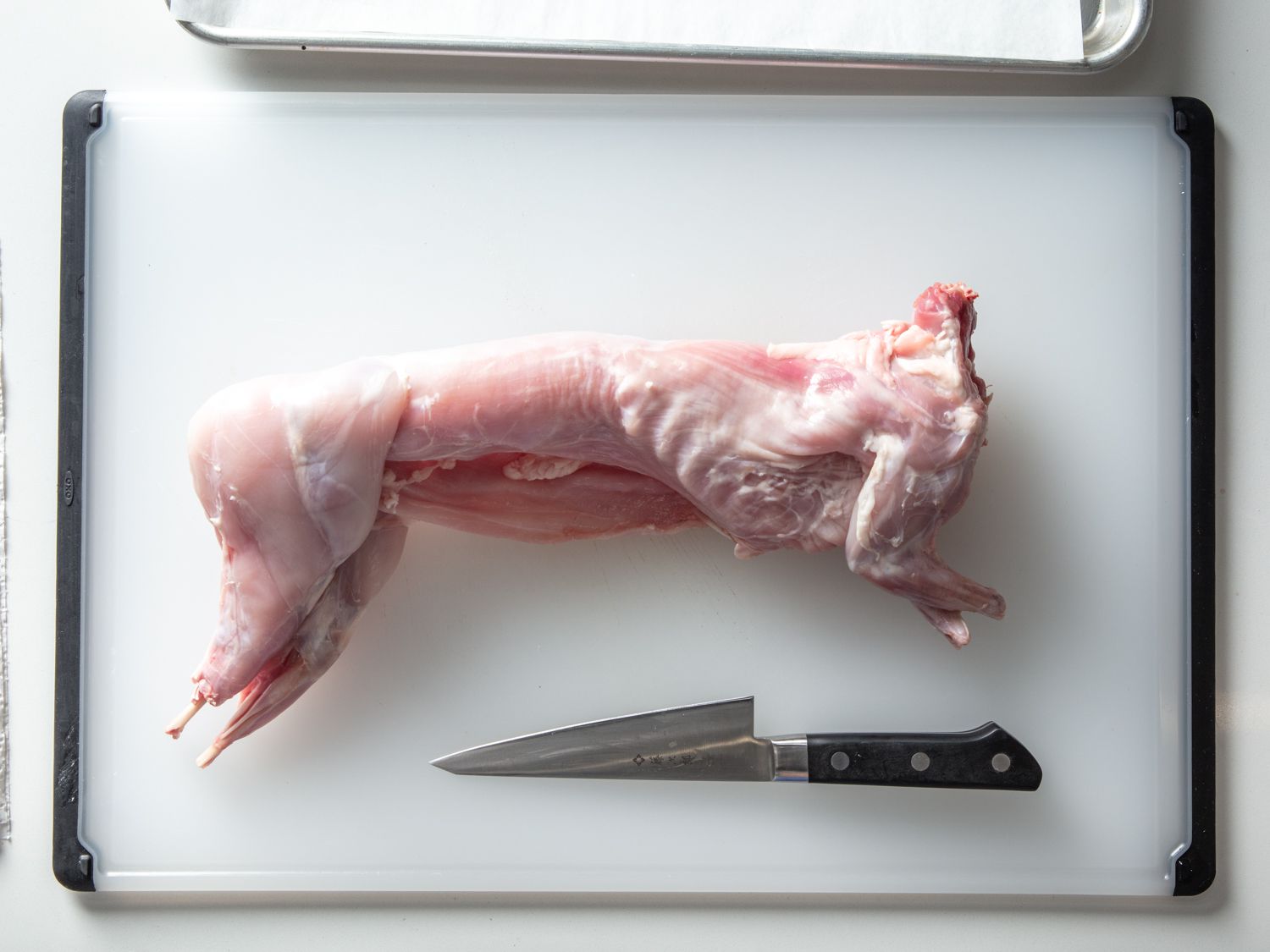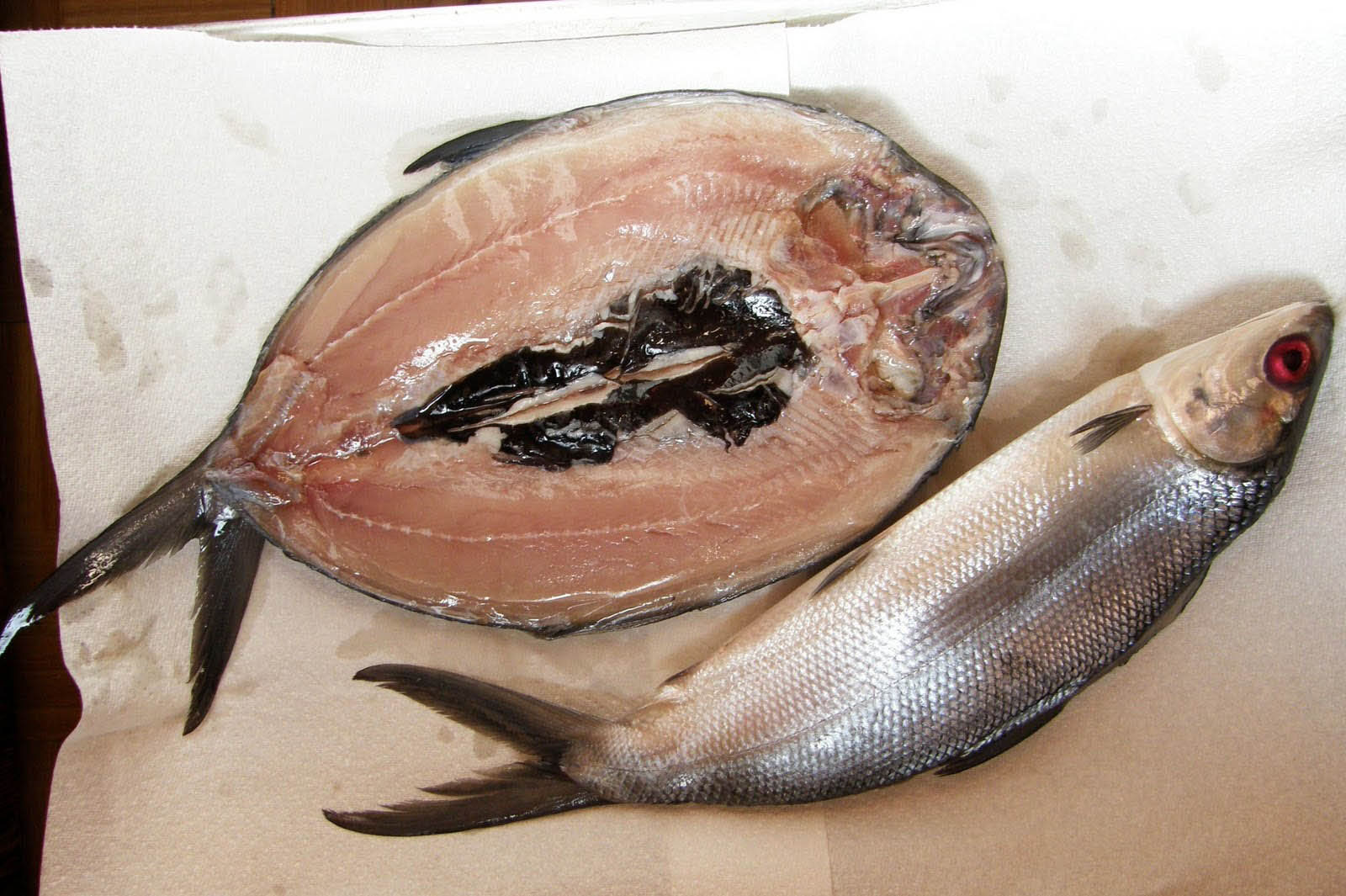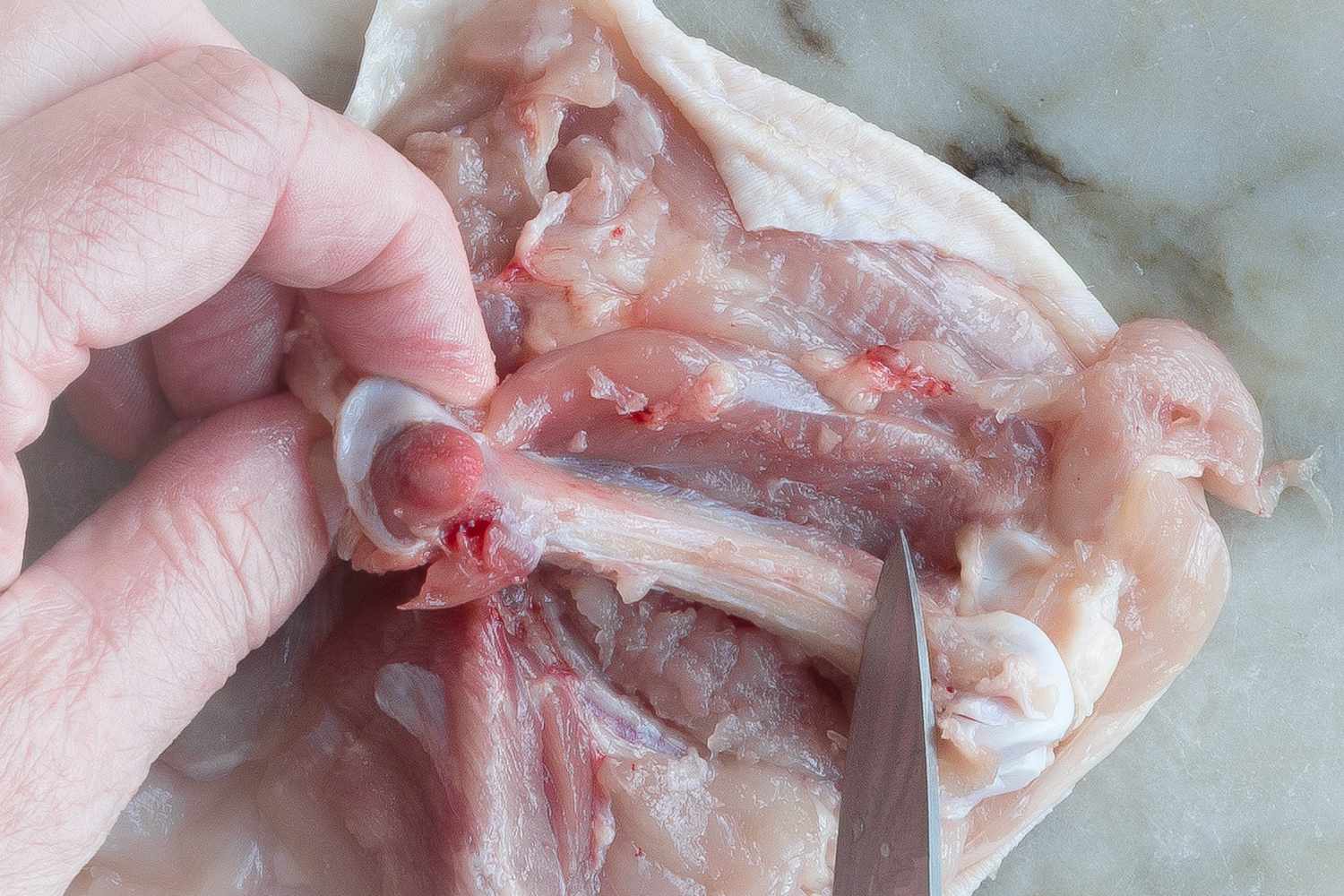Step-by-Step Guide on How to Debone a Catfish
If you love indulging in some delicious catfish but find the bones to be a hassle, fear not! Deboning a catfish may seem like a daunting task, but with the right technique, it can be a breeze. Follow this simple step-by-step guide to learn how to debone a catfish like a pro.
What You’ll Need
Before getting started, gather the following tools and ingredients:
- Whole catfish
- Cutting board
- Sharp fillet knife
- Kitchen shears
- Paper towels
- Bowl for discarding bones
Step 1: Prepare the Catfish
Begin by placing the catfish on a clean, stable cutting board. Pat the catfish dry with paper towels to ensure a good grip and to prevent slipping during the deboning process.
Step 2: Make the Initial Cuts
Using a sharp fillet knife, make a shallow incision behind the catfish’s gills, cutting along the top of the fish’s spine. Next, make a cut along the length of the catfish’s belly, from the head to the tail.
Step 3: Remove the Head and Innards
Once the initial cuts are made, carefully remove the catfish’s head and innards. This step will make it easier to access and remove the bones.
Step 4: Locate the Y-Bone
With the catfish opened up, you’ll notice a Y-shaped bone structure running along the center of the fillet. This is the main bone you’ll be removing to debone the catfish.
Step 5: Remove the Y-Bone
Using kitchen shears or a sharp knife, carefully cut along both sides of the Y-bone to separate it from the fillet. Take your time and work slowly to ensure you remove the entire bone without leaving any behind.
Step 6: Check for Remaining Bones
After removing the Y-bone, run your fingers along the fillet to check for any remaining small bones. Use kitchen tweezers to pluck out any leftover bones, ensuring a bone-free fillet.
Step 7: Repeat the Process
If your catfish has two fillets, repeat the deboning process on the other side to ensure both fillets are bone-free and ready to be cooked.
Final Tips
Once you’ve successfully deboned the catfish, rinse the fillets under cold water and pat them dry with paper towels. Now, your catfish is ready to be seasoned and prepared according to your favorite recipe.
With practice, deboning a catfish will become easier and quicker. Soon, you’ll be able to enjoy bone-free catfish dishes with ease!
Remember, practice makes perfect, so don’t be discouraged if your first attempt isn’t flawless. Keep honing your deboning skills, and soon enough, you’ll be a catfish deboning expert!
For those looking to put their newly acquired catfish deboning skills to good use, there are several recipes to try. Southern Fried Catfish offers a classic taste with a crispy exterior and tender meat inside, making it a must-try for any fish lover. If you're in the mood for something with a bit of heat, the Cajun Blackened Catfish is a bold choice that packs a punch of flavor. For a more comforting dish, Catfish Chowder brings a warm, hearty bowl that's perfect for cooler days. And for those who enjoy a mix of flavors, Catfish Tacos with Avocado Crema provides a refreshing twist with creamy avocado and zesty seasonings. Each recipe lets the delicate, deboned catfish shine, making the effort well worth it.
Was this page helpful?
Read Next: How To Debone Halibut










